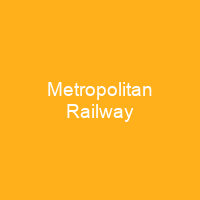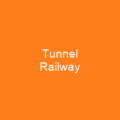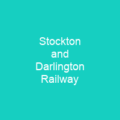The Metropolitan Railway: A Journey Through Time
Imagine stepping back in time to 1863, when the Metropolitan Railway first opened its doors to passengers. This railway was not just a means of transportation; it was a gateway to a new era of urban development and suburban living. How did this line transform London, and what legacy does it leave behind?
The Birth of an Icon
In 1863, the Metropolitan Railway opened its first stretch from Paddington to Farringdon Street. This was no small feat; the railway had faced numerous challenges in securing funding and navigating complex parliamentary approvals. The line’s initial wooden carriages, hauled by steam locomotives, were a far cry from today’s sleek electric trains. But what started as a simple connection between London’s mainline termini soon evolved into an extensive network that would change the face of the city.
Extensions and Innovations
The Metropolitan Railway was not content to remain static. As early as 1863, plans were already in motion for extensions and improvements. The line expanded rapidly, reaching destinations like Hammersmith, Richmond, and Harrow. These expansions were driven by the vision of connecting London’s bustling city center with its burgeoning suburbs, a concept that would later be known as ‘Metro-land.’
Electrification: A Leap into the Future
In 1905, the Metropolitan Railway embraced electrification. This was not just a technological advancement; it marked a significant shift in how Londoners perceived public transportation. The introduction of electric multiple units (EMUs) brought about faster and more efficient travel, setting new standards for urban transit. The Met’s commitment to innovation laid the groundwork for what would become the modern London Underground.
Met-ropolitan Legacy
The legacy of the Metropolitan Railway is multifaceted. It not only connected London but also spurred economic growth and residential development in surrounding areas. The term ‘Metro-land’ was coined to promote these new suburban communities, which offered a blend of urban convenience and rural charm. Today, remnants of this railway can be seen in various parts of the London Underground network, serving as a tangible link to the past.
From Steam to Subways
The transition from steam to electric power was not just about technology; it represented a broader transformation in how people moved through and perceived their city. The Metropolitan Railway’s journey from its humble beginnings to its eventual amalgamation into the London Passenger Transport Board (LPTB) is a testament to the dynamic nature of urban development.
Preserving History
While much has changed, some elements of the Metropolitan Railway remain. Stations like Baker Street and Farringdon still bear witness to its history, with preserved locomotives and carriages serving as reminders of an era that shaped modern London. The railway’s legacy lives on in the very fabric of the city, from the tracks that carry passengers today to the stories told by those who remember it fondly.
Conclusion
The Metropolitan Railway was more than just a line; it was a bridge between past and present, connecting Londoners not only physically but also in their shared history. As we navigate the complexities of modern urban life, the lessons from this pioneering railway remind us of the importance of innovation, community, and the enduring power of transportation to shape our cities.

You want to know more about Metropolitan Railway?
This page is based on the article Metropolitan Railway published in Wikipedia (retrieved on December 2, 2024) and was automatically summarized using artificial intelligence.







